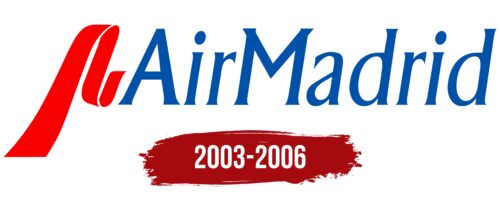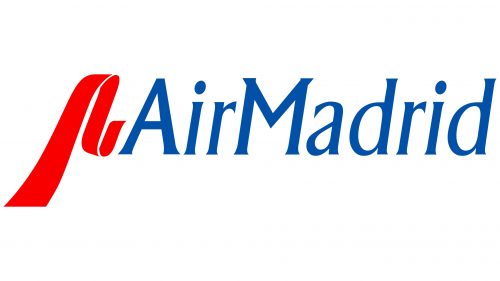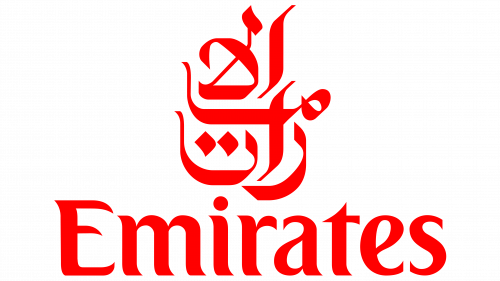The Air Madrid logo is like a silk ribbon. It symbolizes a smooth and easy path for passengers. The emblem conveys the low-cost carrier’s affordable prices for long and short distances and the ability to reach destinations quickly.
Air Madrid: Brand overview
In 2003, the Spanish tourism group Grupo Marsans launched Air Madrid. They wanted to expand their business and improve how they managed tourist travel to and from Spain. José Luis Carrillo, an aviation expert, helped start the company in San Sebastián de los Reyes near Madrid. They chose Barajas Airport as their main hub.
Air Madrid started with a significant investment of 75 million euros and began flights on March 20, 2003. The first flight was from Madrid to Valencia using a Bombardier CRJ200. Initially, they had two 50-seater planes.
During its first year, Air Madrid set up domestic flights linking Madrid with Spanish cities like Valencia, Alicante, Malaga, Seville, and Bilbao. By 2004, the company added bigger planes and started flying to Moroccan cities such as Casablanca, Rabat, and Tangier.
2005, the airline did well with 11 planes and flights to 18 destinations in Spain and Morocco. However, challenges arose in 2006 when budget airlines started competing, leading to lower ticket prices and fewer passengers for Air Madrid. Rising fuel costs added to the financial strain.
Grupo Marsans tried to solve the financial problems by increasing investment but couldn’t stop the losses. On December 16, 2006, Air Madrid went bankrupt, ending its operations after less than four years. This led to about 500 job losses and leasing firms and creditors taking over the airline’s assets.
Meaning and History
What is Air Madrid?
It is a Spanish low-cost airline based in Madrid, offering affordable flights to popular destinations in Europe and North Africa. The carrier operates a fleet of narrow-body aircraft, such as the Airbus A320 and Boeing 737, configured to maximize passenger capacity and efficiency, allowing it to maintain low operating costs and offer competitive fares.
2003 – 2006
Air Madrid, an airline that has only existed for three years and is part of the Grupo Marsans consortium, made the name the main component of the logo. The style of the lettering is retro, primarily due to the characteristic shapes of the glyphs, thin strokes, and triangular serifs. Two words looked like one, as the space between them was too narrow. The designers saved space for another element – the red ribbon on the left. Three uneven stripes form the ribbon, essentially a stylized letter “A.”
The logo’s retro style is meant to evoke a sense of nostalgia and classic aviation, distinguishing the airline from more modern designs. The narrow spacing between the words creates a cohesive visual effect, emphasizing unity and seamless service. The red ribbon adds vibrant color and is an element that draws attention to the brand and perhaps symbolizes dynamism and forward movement.





